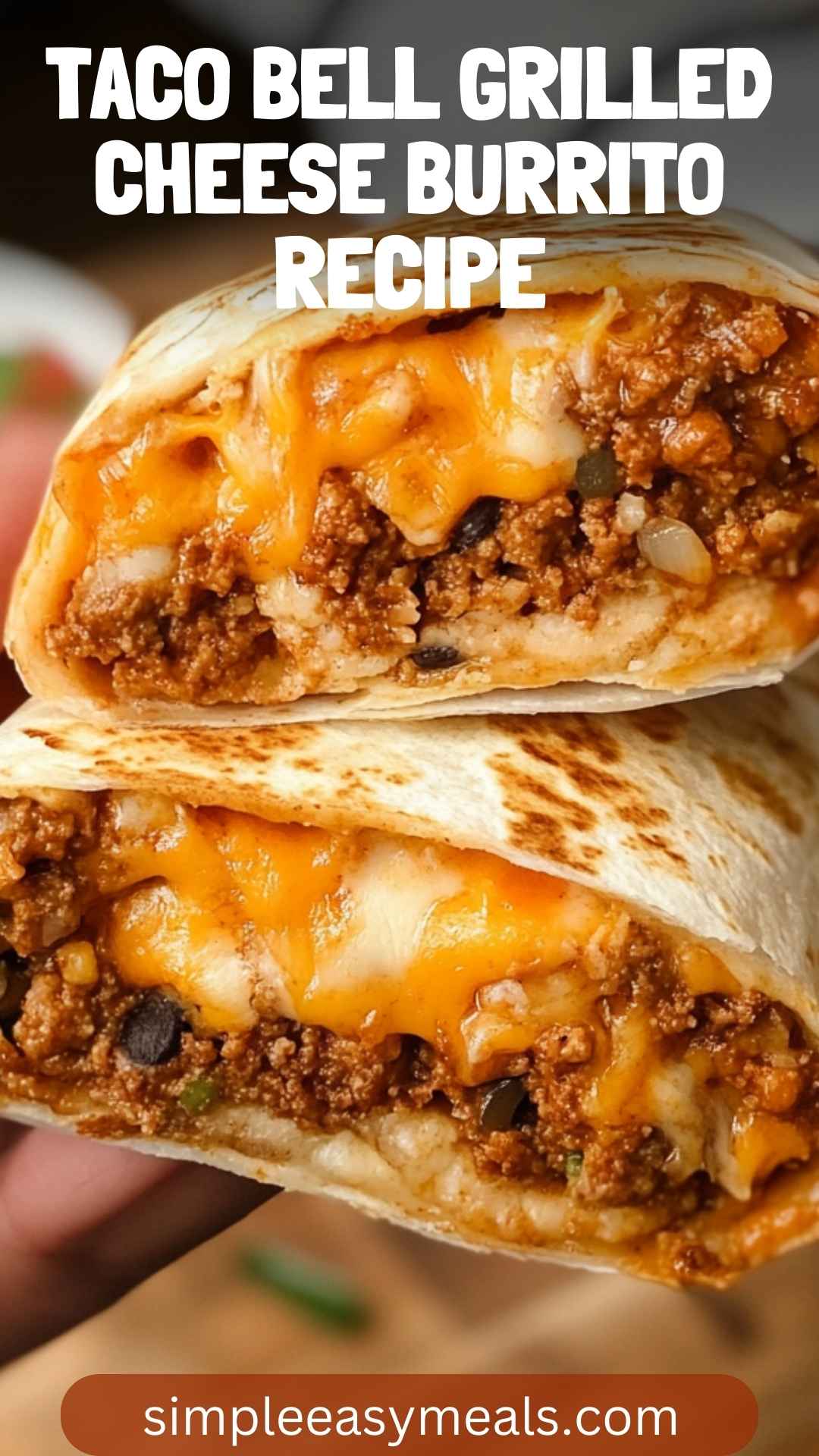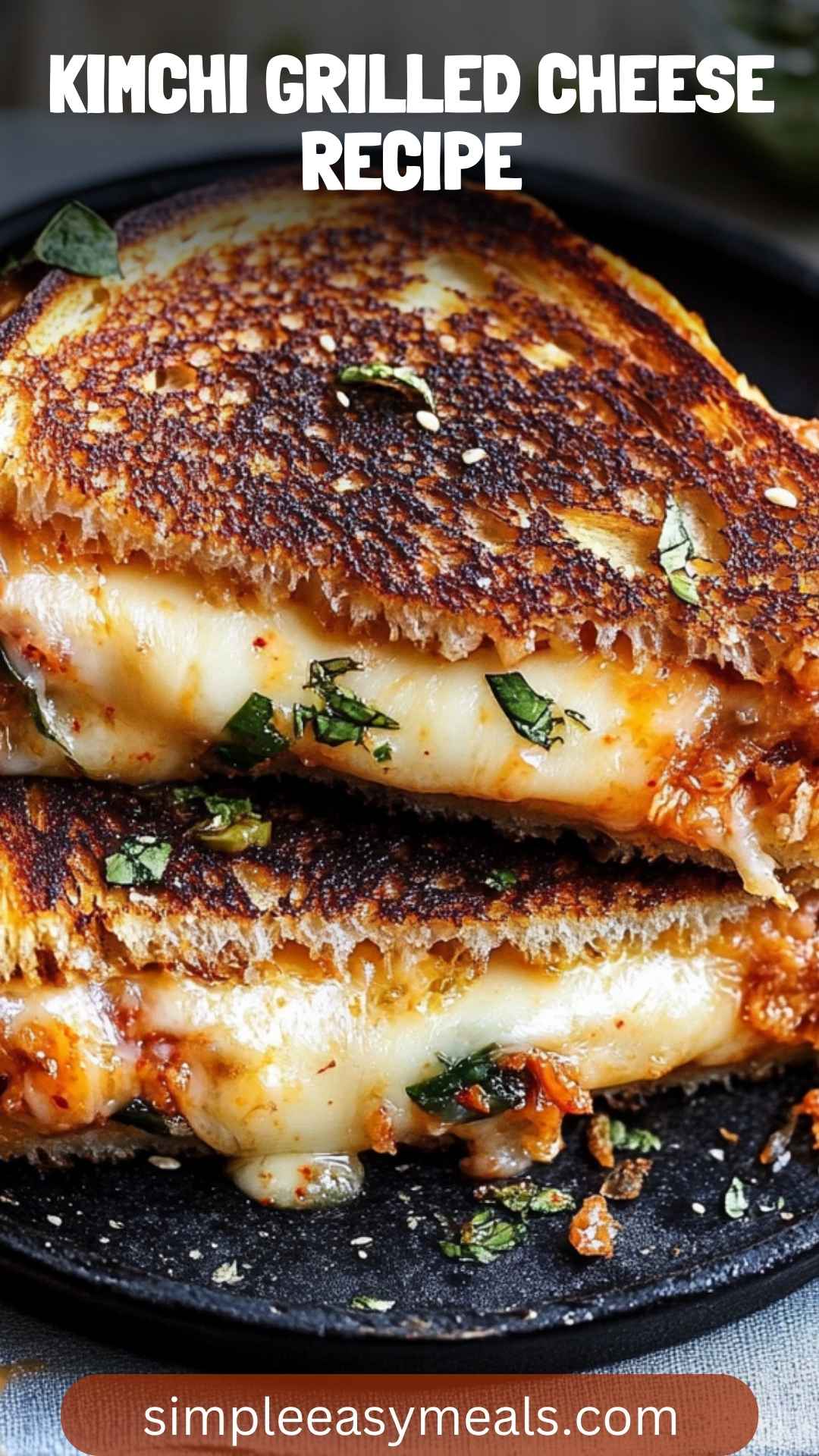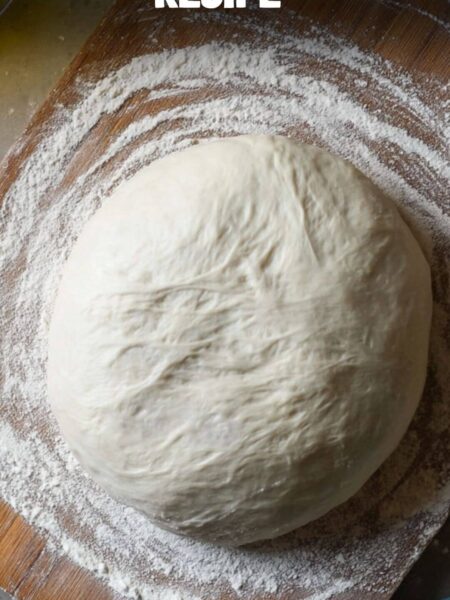Before diving into the delightful world of Pici Pasta, it’s important to consider what you can pair it with. This pasta—long, hand-rolled strands—is versatile and complements a variety of dishes, making it a staple for any occasion. Here are a few suggestions.
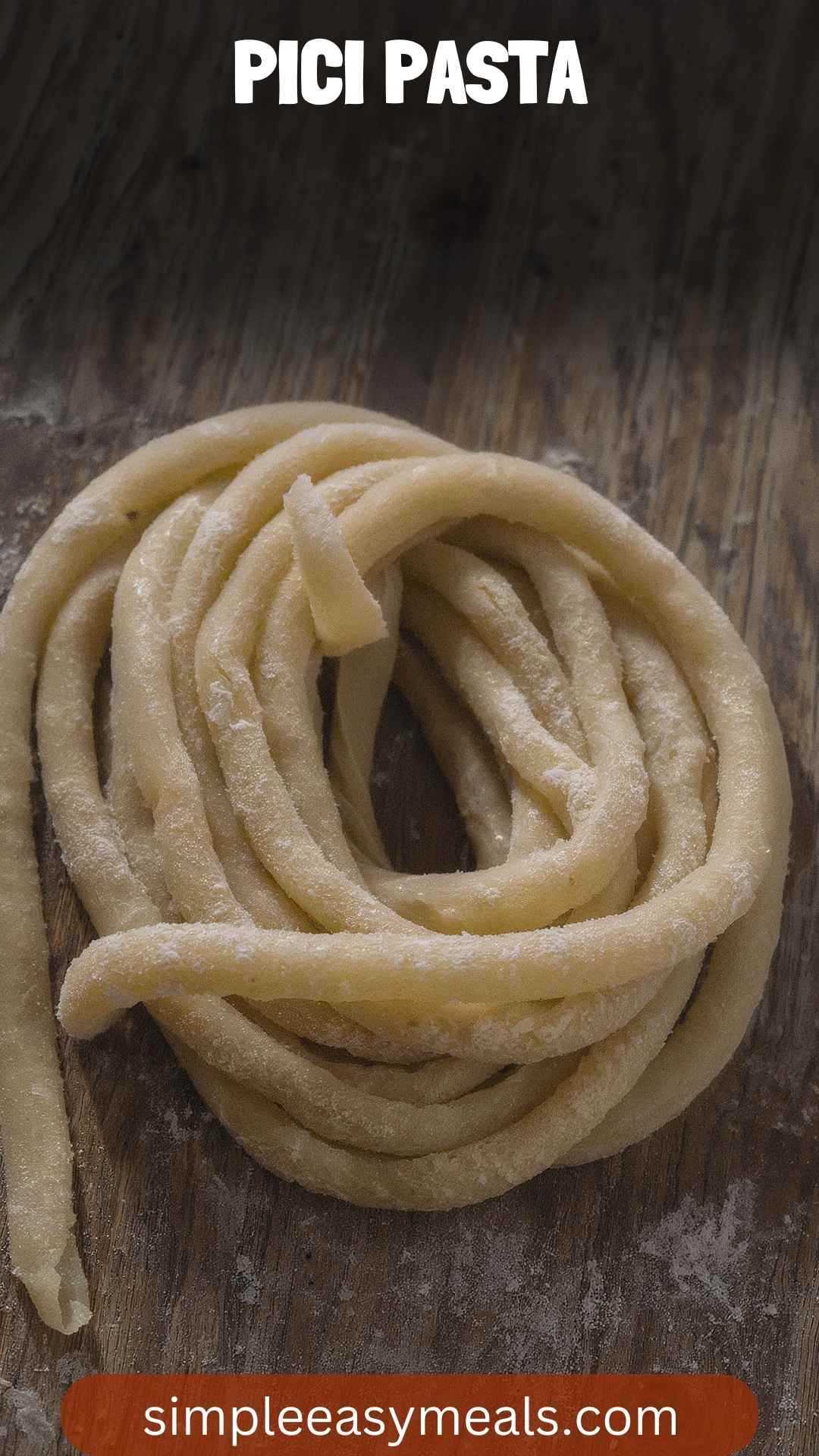
Bold Sauces
Pici Pasta shines with bold sauces. Think garlic and oil, tomato-based sauces, or even a creamy sauce. A rich ragu or a spicy arrabbiata will cling to each strand beautifully.
Fresh Vegetables
Pairing pici with vibrant, fresh vegetables can elevate your dish. Roasted seasonal veggies like zucchini, bell peppers, or cherry tomatoes add an excellent texture and flavor contrast.
Hearty Proteins
Consider pairing your pasta with grilled chicken, meatballs, or seafood. Sautéed shrimp tossed in a zesty lemon-garlic sauce enhances the dish tremendously.
Cheese
No pasta is complete without cheese. Pecorino Romano or parmesan shavings complement pici excellently. A sprinkle of fresh herbs can elevate the flavors further.
Now that we have a solid grasp of what can accompany this pasta, let’s delve deeper into its essence.
What is Pici Pasta?
Pici is a type of hand-rolled pasta that originates from Tuscany, Italy. Made with just flour, water, and sometimes a splash of olive oil, it’s a minimalistic dish that relies on quality ingredients.
The dough is rolled into long, thick strands, giving it a unique texture that’s both chewy and hearty. This isn’t your average pasta; rather, it embodies a sense of tradition and craftsmanship.
Why This Recipe Works
1. Simplicity: The beauty of Pici lies in its simplicity. The base ingredients—00 flour and water—create a dough that’s flexible and forgiving. Even those who have never tried making pasta before can master this with ease.
2. Versatility: Pici can be served with a plethora of sauces. Whether you prefer something light like olive oil and garlic or a heavier meat sauce, Pici can absorb flavors beautifully. You’re not limited to just one dish.
3. Textural Delight: The unique thickness of Pici allows it to hold onto sauces more effectively than thin pasta varieties. Each bite offers a satisfying chew, providing a delightful mouthfeel that’s hard to resist.
4. Emphasis on Quality Ingredients: This recipe encourages using high-quality ingredients. From the flour to the olive oil, each component plays a crucial role in the final outcome. Using a good olive oil can elevate even the simplest of dishes, turning a homemade meal into a culinary experience.
Ingredients You’ll Need To Make This Dish
To make a delightful batch of Pici Pasta, here’s what you’ll need:
- 320 grams finely milled 00 flour: If unavailable, high-protein bread flour is a suitable substitute.
- 1 teaspoon Diamond Crystal kosher salt: If you opt for a different type of salt, reduce the amount by half.
- 160 ml filtered water: Adjust as needed for the perfect dough consistency.
- 15 ml cold-pressed extra-virgin olive oil: This adds flavor and helps in kneading the dough.
- Semolina flour: Use this for dusting and coating surfaces to prevent sticking.
- 1/2 teaspoon garlic powder (optional): A hint of garlic powder can provide depth, enhancing the overall flavor.
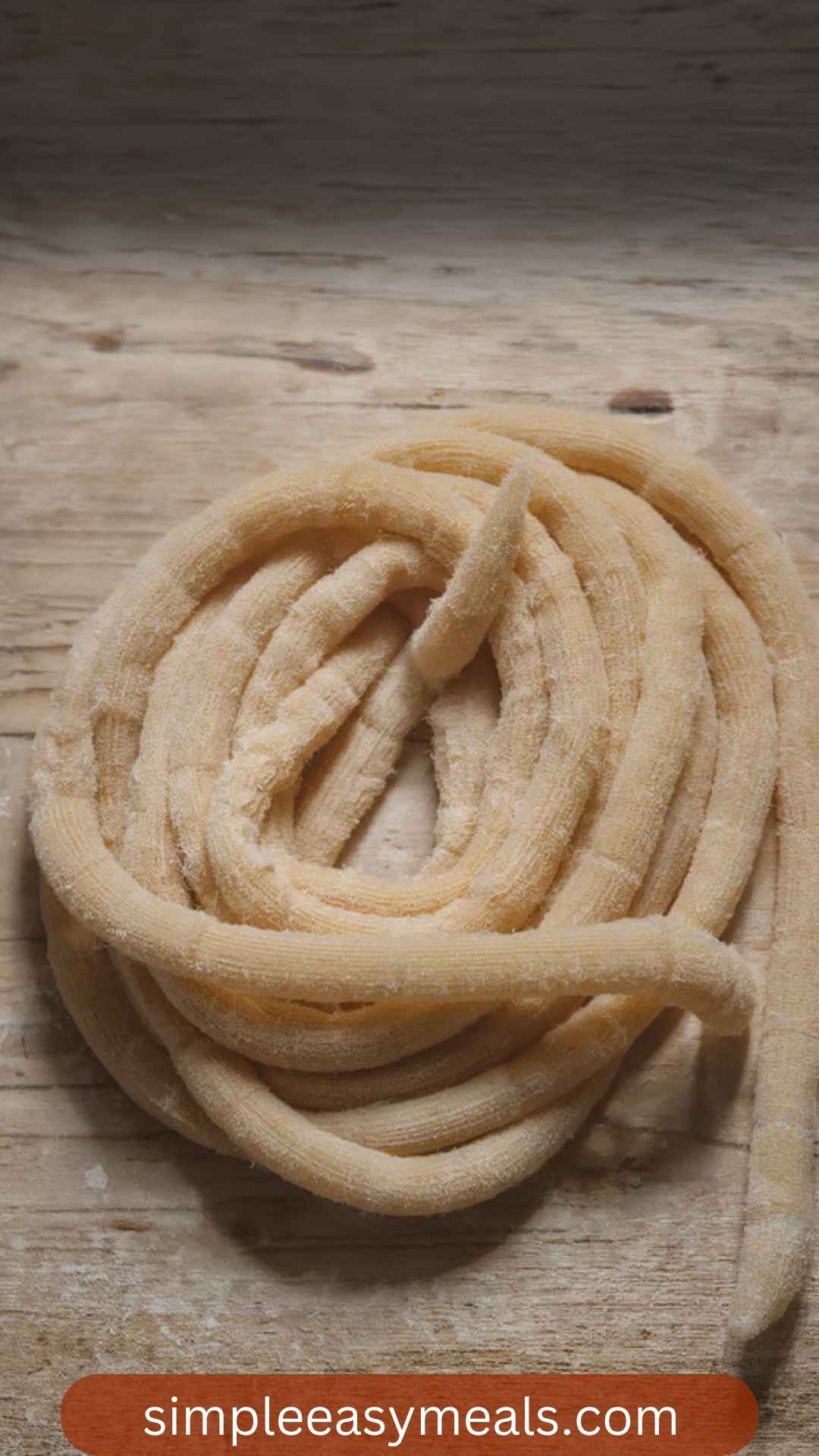
How to Make Pici Pasta?
Step 1: Prepare Your Dough
Start by mixing the flour and salt together in a large mixing bowl. This helps distribute the salt evenly. Create a well in the center and gradually add the water and olive oil. Mix everything together with your hands, scraping the flour from the sides of the bowl until a dough starts to form.
Step 2: Knead It Well
Transfer the dough onto a lightly floured surface. Knead it for about 10 minutes, until it becomes smooth and elastic. You want it to feel somewhat firm but still stretchy. If the dough is too sticky, sprinkle a bit of flour, but be cautious not to overdo it.
Step 3: Rest Your Dough
Wrap the kneaded dough in plastic wrap or a damp kitchen towel. Let it rest for at least 30 minutes. This allows the gluten to relax, making it easier to roll out later.
Step 4: Roll into Strands
Once rested, cut the dough into four equal portions. Take one piece and roll it into a rope shape about the thickness of your little finger. Aim for a length of around 30-40 centimeters. Repeat this process with the other dough portions.
Step 5: Dust with Semolina
Dust each strand lightly with semolina flour; this prevents them from sticking together.
Step 6: Cook Your Pici
Bring a large pot of salted water to a boil. Cook the pici for about 3-4 minutes, or until they float to the surface. Fresh pasta cooks quickly! Use a slotted spoon to transfer them to a pan with your preferred sauce.
Step 7: Serve with Flair
Toss the pasta with your sauce of choice. If using a simple garlic and oil sauce, add a drizzle of high-quality olive oil and a sprinkle of fresh herbs. Don’t forget the cheese on top!
Tips & Tricks
- Adjust Consistency: Different flours absorb water differently. Start with a lesser amount of water and increase as necessary to achieve a pliable but firm dough.
- Experiment with Flavors: Try adding herbs or spices to the dough for a twist. Fresh basil or oregano can enhance the flavor profile wonderfully.
- Make Ahead: Pici can be made in advance and stored in the fridge for a day or two, or frozen for up to a month. Just ensure they’re well-dusted with semolina to prevent sticking.
- Sauce Pairings: Don’t hesitate to mix and match sauces. Pici holds up to rich sauces beautifully, so don’t shy away from robust flavors.
- Make It a Family Activity: Encapsulate the Italian spirit by making this a family affair. Getting everyone involved in the rolling can transform dinner into a fun experience.
Nutrition Information
Here’s a quick breakdown of the nutrition information for one serving of Pici pasta (based on standard recipes without sauce or extras):
- Calories: Approximately 250
- Carbohydrates: 50 grams
- Protein: 8 grams
- Fat: 3 grams
- Fiber: 2 grams
This nutrition breakdown will vary based on the specific ingredients you use and whether you pair it with sauces or toppings.
How Do You Store the Leftovers?
Storing leftovers is straightforward. If you have any cooked Pici, allow it to cool completely, then transfer it to an airtight container. It can be kept in the refrigerator for up to three days. Reheat in a microwave or skillet, adding a splash of water or broth to keep it from drying out.
What Sides Would Complement Pici Pasta?
1. Bruschetta
This classic Italian appetizer is the perfect starter. Fresh tomatoes, basil, and garlic on toasted bread create a vibrant flavor profile that can kick off any meal.
2. Caprese Salad
With ripe tomatoes, mozzarella cheese, basil, and a drizzle of balsamic glaze, this salad is refreshing. Its combination of flavors harmonizes beautifully with the rich and chewy pici.
3. Garlic Bread
Crispy, buttery, and loaded with garlic, a slice of garlic bread alongside pici pasta creates an irresistible pairing. The crunch of the bread complements the smoothness of the pasta.
What Alternatives Can You Use for the Ingredients?
1. Flour Substitutes
If you can’t find 00 flour, high-protein bread flour works great. Whole wheat flour can also be a good option for those looking for a healthier twist.
2. Water Alternatives
For a twist on hydration, try using vegetable broth instead. This adds extra flavor and richness to the dough, making it even more delicious.
3. Olive Oil Substitutes
If extra-virgin olive oil is out of reach, opt for canola or avocado oil. They can impart a subtle flavor while still aiding in dough formation.
4. Garlic Powder Alternatives
If you don’t have garlic powder handy, fresh minced garlic or shallots can be used. Sauté them quickly in olive oil before adding to the pasta for a fresh punch of flavor.
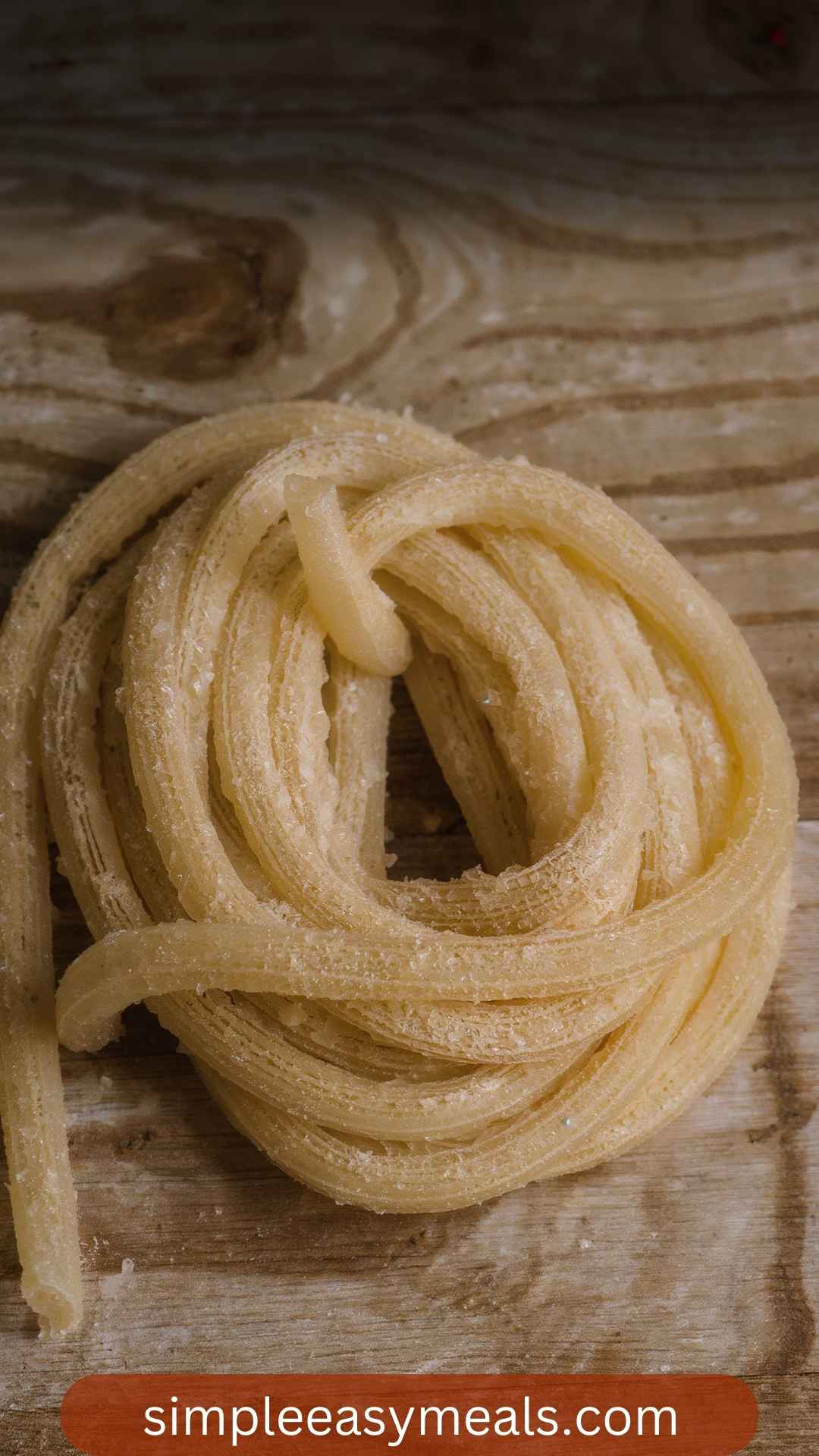
Conclusion
Pici Pasta is a delightful way to connect with culinary traditions while enjoying a hearty meal. With its simplicity and versatility, you can unleash your creativity in the kitchen. Whether you’re dishing it up for a cozy family dinner or preparing for a festive gathering, this hand-rolled pasta recipe beckons to be savored.
So roll up your sleeves, gather your loved ones, and dive into the joy of making handmade Pici Pasta. Buon Appetito!
You’ll also like the following recipes!
Pici Pasta – Simple Easy Meals
Picture this: a warm Italian kitchen, the rolling dough clinging to your fingertips as you shape it into long, delightful strands. That’s the experience of making Pici Pasta. This traditional Tuscan pasta dates back centuries. It’s simple yet full of character. Unlike its more famous counterpart, spaghetti, Pici is thicker, which means it holds sauces really well.
But why bother making pasta from scratch? Well, I can tell you from firsthand experience—there’s something deeply satisfying about creating something from raw ingredients. It connects you to the food, and to the rich traditions of Italian cooking that have stood the test of time.
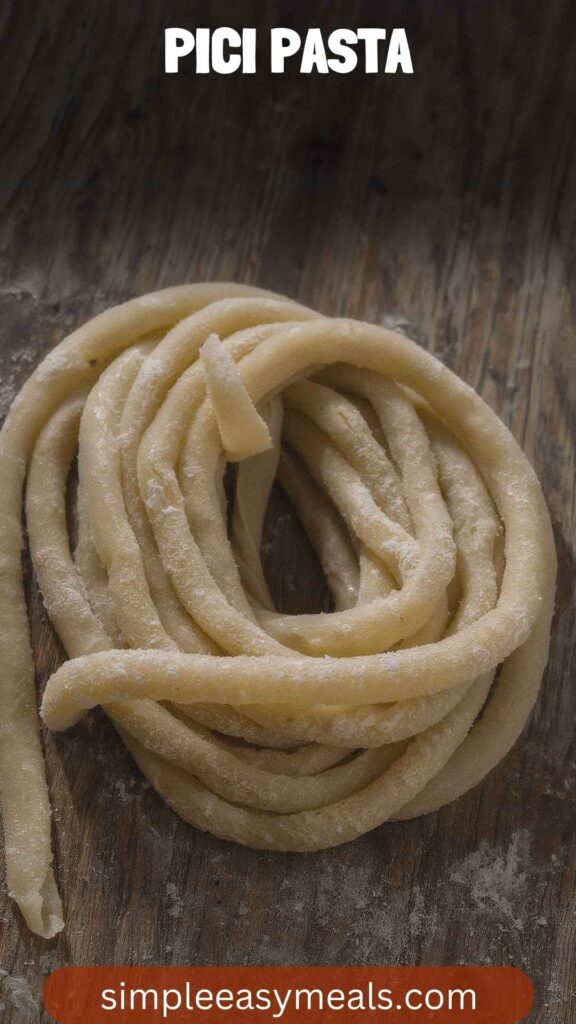
Ingredients
Instructions
Step 1: Prepare Your Dough
-
Start by mixing the flour and salt together in a large mixing bowl. This helps distribute the salt evenly. Create a well in the center and gradually add the water and olive oil. Mix everything together with your hands, scraping the flour from the sides of the bowl until a dough starts to form.
Step 2: Knead It Well
-
Transfer the dough onto a lightly floured surface. Knead it for about 10 minutes, until it becomes smooth and elastic. You want it to feel somewhat firm but still stretchy. If the dough is too sticky, sprinkle a bit of flour, but be cautious not to overdo it.
Step 3: Rest Your Dough
-
Wrap the kneaded dough in plastic wrap or a damp kitchen towel. Let it rest for at least 30 minutes. This allows the gluten to relax, making it easier to roll out later.
Step 4: Roll into Strands
-
Once rested, cut the dough into four equal portions. Take one piece and roll it into a rope shape about the thickness of your little finger. Aim for a length of around 30-40 centimeters. Repeat this process with the other dough portions.
Step 5: Dust with Semolina
-
Dust each strand lightly with semolina flour; this prevents them from sticking together.
Step 6: Cook Your Pici
-
Bring a large pot of salted water to a boil. Cook the pici for about 3-4 minutes, or until they float to the surface. Fresh pasta cooks quickly! Use a slotted spoon to transfer them to a pan with your preferred sauce.
Step 7: Serve with Flair
-
Toss the pasta with your sauce of choice. If using a simple garlic and oil sauce, add a drizzle of high-quality olive oil and a sprinkle of fresh herbs. Don’t forget the cheese on top!
Nutrition Facts
Servings 4
- Amount Per Serving
- Calories 250kcal
- % Daily Value *
- Total Fat 3g5%
- Total Carbohydrate 50g17%
- Dietary Fiber 2g8%
- Protein 8g16%
* Percent Daily Values are based on a 2,000 calorie diet. Your daily value may be higher or lower depending on your calorie needs.
Note
- Adjust Consistency: Different flours absorb water differently. Start with a lesser amount of water and increase as necessary to achieve a pliable but firm dough.
- Experiment with Flavors: Try adding herbs or spices to the dough for a twist. Fresh basil or oregano can enhance the flavor profile wonderfully.
- Make Ahead: Pici can be made in advance and stored in the fridge for a day or two, or frozen for up to a month. Just ensure they’re well-dusted with semolina to prevent sticking.
- Sauce Pairings: Don’t hesitate to mix and match sauces. Pici holds up to rich sauces beautifully, so don’t shy away from robust flavors.
- Make It a Family Activity: Encapsulate the Italian spirit by making this a family affair. Getting everyone involved in the rolling can transform dinner into a fun experience.


